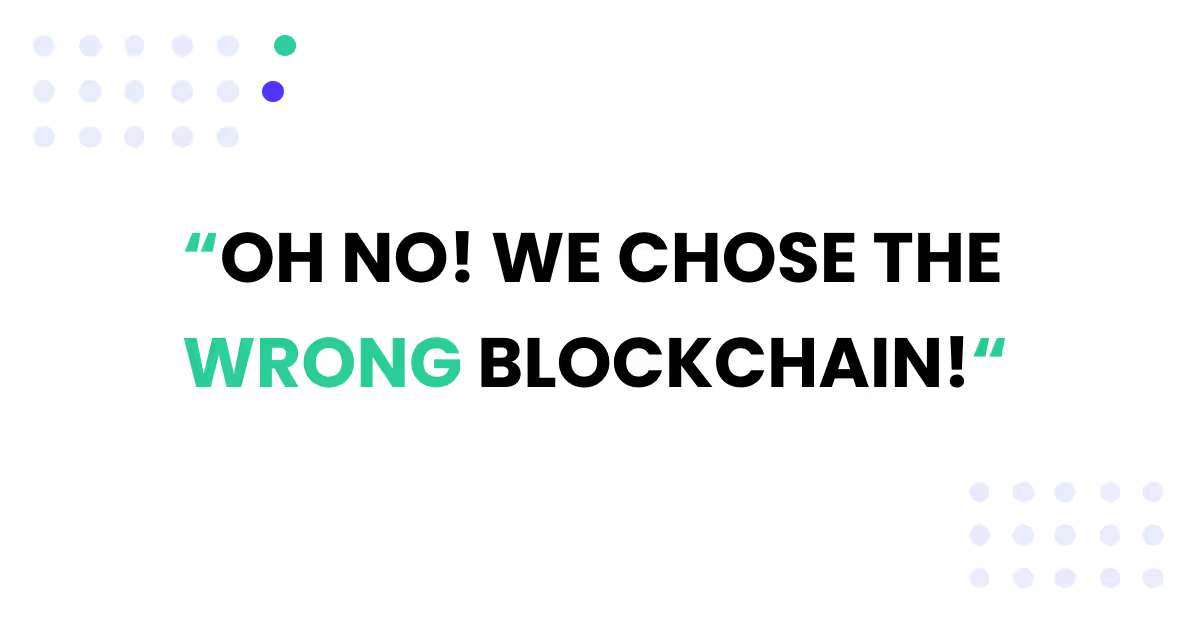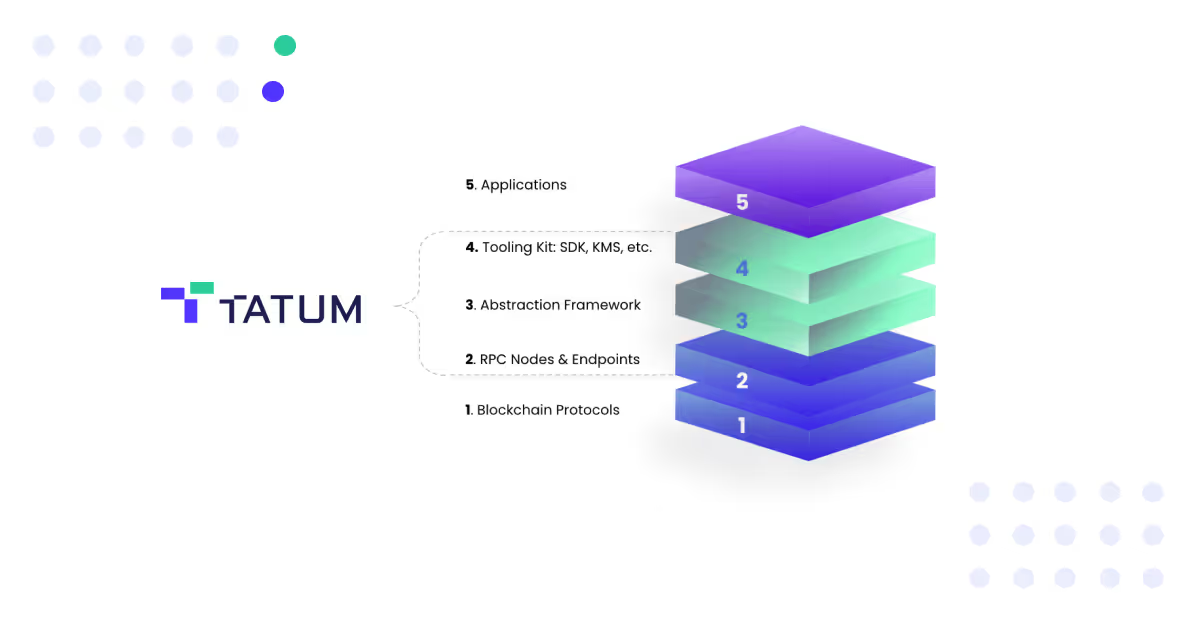Building Web2 vs. Web3 Apps: Guide for Developers



“Oh no, we chose the wrong blockchain!” we’ve heard this all too many times. Transitioning from the now matured frameworks of Web2 to the undefined realm of Web3 is not without its challenges, even for the most skilled developers. Although Web2 provides foundational knowledge, the distinct operational dynamics of Web3 introduce nuances that diverge from traditional web development approaches leading to incorrect steps at the very beginning of Web3 projects.
It's also important to recognize that certain best practices in Web2 still hold relevance in the Web3 environment. This article delivers a methodical comparison of Web2 and Web3, emphasizing not only their disparities but recognizes the Web3 practices that need to be carried over to Web3.
We’ll go by each key difference and provide a clear best practice on how to avoid starting off on the wrong foot when resourcing your project, choosing tooling, scaling and more.
We’ve seen that too often Web3 projects push internal teams aside in favor of expensive external developers, who might not always meet expectations. This can lead to inefficiencies and delays in project development.
Web2 projects, on the other hand, leverage the expertise of the internal team, providing them with the necessary training, tools, and mentorship from external experts. This leads to a more synergistic development process, where team skills are enhanced rather than replaced.
Enable your teams to succeed. Investing in a proper blockchain development framework and appointing an expert to oversee the team can lead to significant savings in time and resources. It enables the team to work cohesively and leverages existing skills, ensuring that the project's quality is maintained without the need for expensive external hires.
Here’s the honest truth about choosing the right team for your project from Tatum’s CEO, Jiri Kobelka.
We’ll speak about development frameworks a lot so it’s best to define them in our context.
Development frameworks are more than just tools; they are ecosystems that facilitate the development process by offering pre-made components, libraries, and methodologies that can be reused across different projects.
Why is that essential?

With Web3, each blockchain often has its own specific programming language. This requires the team to be qualified in various languages and can lead to vendor lock to a particular blockchain.
Why is that a problem and what’s the best practice?
In short, you want to use a development framework that can serve as a language-agnostic layer, enabling developers to interact with various blockchains without having to learn a new language for each one. This abstraction offers flexibility and future-proofs your app development process.
Web3 has unique characteristics that need to be understood in order to approach building from the right direction. These are the key differences Web2 devs will notice:
Reading Data: Differences in data structures, logic, and interpretations that can require specialized handling.
Features: Functionality varies across apps, e.g., some wallets may display NFTs, while others might not.
Transactions: Handling transactions involves understanding different ways of signing, queuing (nonce management, see paragraph below for definition), and coping with varied transaction speed and finality.
What is nonce management? "Nonce" stands for "number used once." In the context of blockchain and cryptocurrencies, particularly Ethereum, nonce management is crucial for the correct processing of transactions.
Building in Web3 often presents challenges with vendor lock due to blockchain-specific requirements. Web2 offers a more standardized approach, allowing code to be agnostic to a number of variables by default, thus avoiding vendor lock.
A development framework that unifies access and abstracts specific Web3 implementations can offer a consistent and flexible development path agnostic to whichever blockchain you choose to work with. This approach fosters adaptability without sacrificing functionality.
Most Web3 projects start building from scratch, leading to extended project timelines and multiple failures. Web2 has now had its fair share of history and built up knowledge and leverages existing developer stacks, providing pre-built and tested features for quicker development with fewer bugs. This has to become a common practice in Web3 in order for more projects to succeed.
We may sound like a broken record, but having a Web3 development framework that offers built-in, battle-tested features can greatly expedite development. Essentially, it allows developers to focus on innovation rather than reinventing basic components - something that’s rarely needed in Web3 development. This practice needs to be carried over into Web3.
Scaling in Web3 can be a serious hurdle, often necessitating early investments or extensive code changes. Web2's existing developer stack has built-in scaling capabilities, allowing on-demand scaling with minimal alterations.
So how do you scale in Web3?
You need to simplify development. A development framework with built-in scaling and the right design patterns can ease the scaling process. This ensures that apps can handle increased usage without a complete overhaul, saving both time and resources.
Scaling in Web3 faces numerous challenges that aren’t really a factor in Web2. These challenges have to be thought through before app architecture is decided.
Blockchain Protocol Limits: Limited throughput and high expenses will sometimes necessitate off-chain solutions.
Blockchain Node Limits: Issues like serving empty data or crashing under load require strategies like data caching.
Transactions and Fees: Additional transaction fees necessitate advanced management techniques that aren’t really part of web2 development.
Tatum SDK’s multilayered structure offers a comprehensive open-source solution for Web3 app development, allowing flexibility and ease of use.

Web3 is not just another iteration of the web, it introduces a myriad of novel concepts and challenges. Even seasoned Web2 developers must approach this new paradigm with a fresh perspective, carefully considering the inherent nuances of blockchain and decentralized systems. While the core principles of development remain, the strategies for ensuring efficiency, security, and scalability all need to be re-evaluated in the context of Web3.
Build blockchain apps faster with a unified framework for 60+ blockchain protocols.